
Using Control Valve Installed Gain Calculations

For many years, the author has used, and promoted the use of, control valve installed flow and gain graphs as part of the control valve selection process (references 1–3). For all those years, the author has had the benefit of being associated with a valve manufacturer with a publicly available control valve-sizing application that included installed flow and gain graphing capability. Users who preferred other brands of control valves, and thus those manufacturers’ control valve-sizing applications, were hesitant to learn to use a new application to take advantage of the graphing capability.
Recently, the author published an article that included detailed instructions for constructing a Microsoft Excel worksheet that generates installed flow and gain graphs in conjunction with valve-sizing calculations made with any valve-sizing application. This makes it practical for anyone to incorporate graphing installed flow and gain into their valve selection process (reference 4). This article explains how to use control valve installed gain calculations.

Figure 1 is an example of a properly sized valve compared to an oversized valve. One valve manufacturer suggests the following gain criteria for installed gain within the specified flow range:
Gain > 0.5
Gain < 3.0
As constant as possible
As close to 1.0 as possible
Gain (max) / Gain (min) < 2.0.
Extremely low gains are undesirable, because a low gain means when the valve moves, the flow does not change by much. It might not be as obvious why high gains are undesirable. An audio amplifier with a high gain may be desirable. But control valves are mechanical devices, and parts that move while in contact with each other tend to stick when not moving. If a valve, because it tends to stick when not moving, can only be positioned within 2% of the desired position and has a gain of 4, the flow can only be adjusted within 8% steps, which may not be desirable. The reason for limiting the gain change within the required flow range to 2:1 is so it will be easier to tune the controller for stable and fast response throughout the required flow range.
To calculate and graph the installed flow and gain using the reference 4 worksheet, the process model and the worksheet require the following information about the process:
The minimum design flow, Qmin
The maximum design flow, Qmax
The valve inlet pressure at the minimum design flow, P1 minQ
The valve inlet pressure at the maximum design flow, P1 maxQ
The valve outlet pressure at the minimum design flow, P2 minQ (calculated from the user’s input of the valve pressure drop at the minimum design flow, DELTA P minQ)
The valve outlet pressure at the maximum design flow, P2 maxQ (calculated from the user’s input of the valve pressure drop at the maximum design flow, DELTA P maxQ).
The values of P1 and P2 at the minimum and maximum design flow need to be obtained by an analysis of the frictional pressure losses and static pressure changes in the system upstream and downstream of the control valve (references 5–6).
Reference 4 prompted several inquiries as to what applications would be candidates for installed flow and gain graph analysis. Below are some of the most common.
Surprising results
Figure 2 shows a user’s Excel control valve-sizing worksheet. The calculated CV range appears to show a 6-inch segment ball control valve would be operating at about 20% to 78% open from the minimum design flow to the maximum design flow. An installed flow and gain calculation yielded surprising results (Figure 3).

The installed flow graph shows the minimum specified flow intersecting the installed flow graph at 20% relative travel, and the maximum design flow intersecting the installed flow graph just a bit below 80% relative travel, which agrees with the user’s calculation. What the user’s calculation did not show is 95% of the valve’s fully open flow is at the maximum design flow, leaving no safety factor at the high end.
At about 60% travel (relative travel of 0.6), the installed flow graph starts rounding off to a much shallower slope. This fact is identified on the installed gain graph where the installed gain drops to below 0.5, emphasizing the fact that changes in valve position would have only a small effect on flow in the system. The gain change from the maximum design flow (Q/Qmax) and the maximum gain on the graph is greater than 4:1, making it difficult to tune the controller for fast and stable control. It turned out the problem lies with the user’s pump choice.
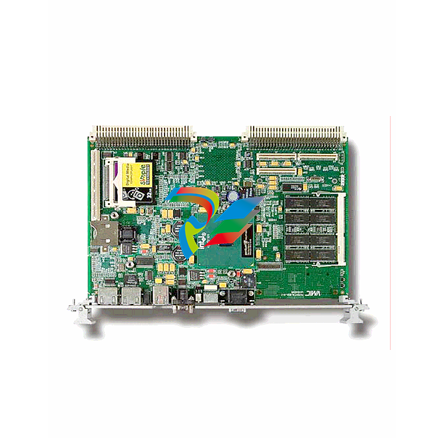
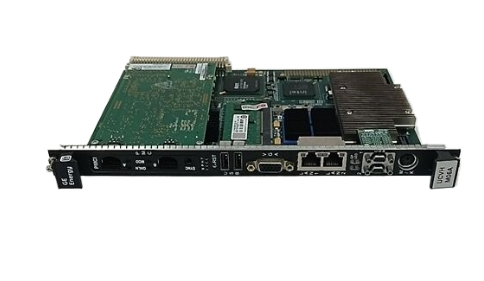

.jpg)
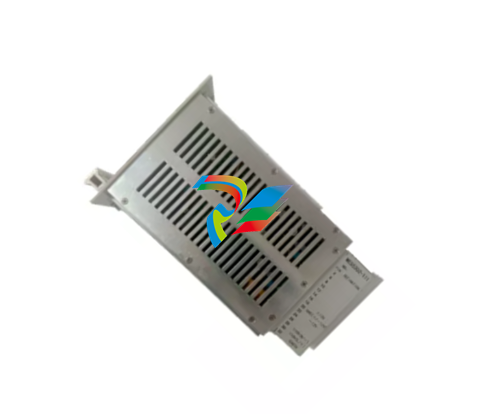

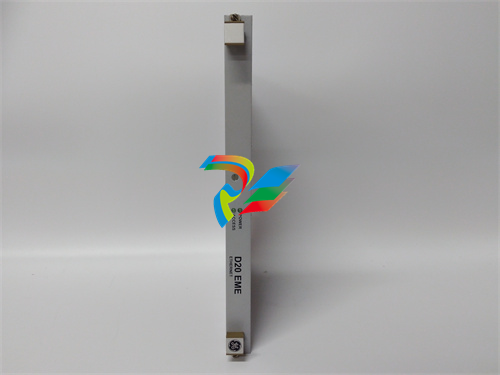
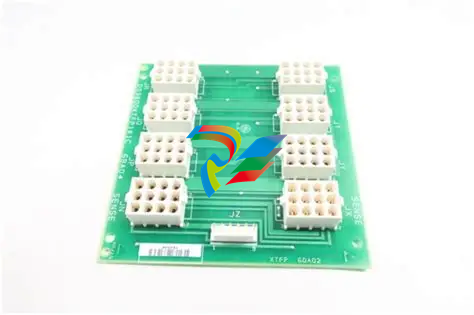
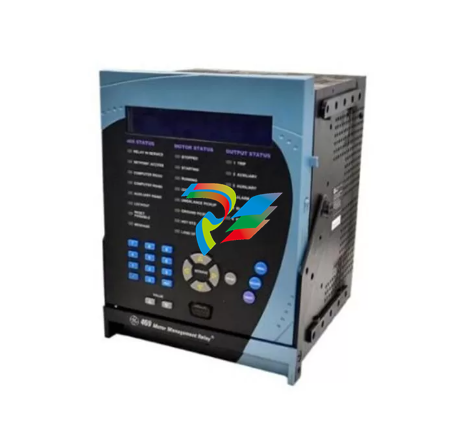


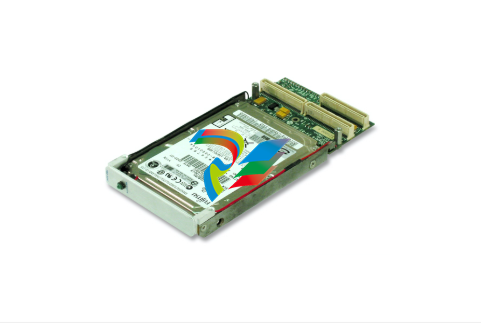
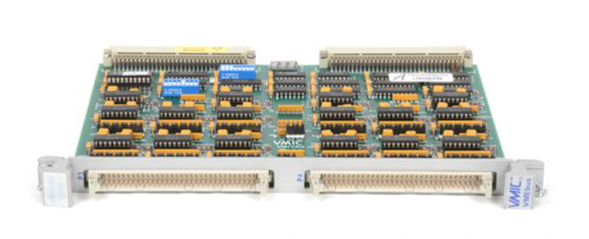

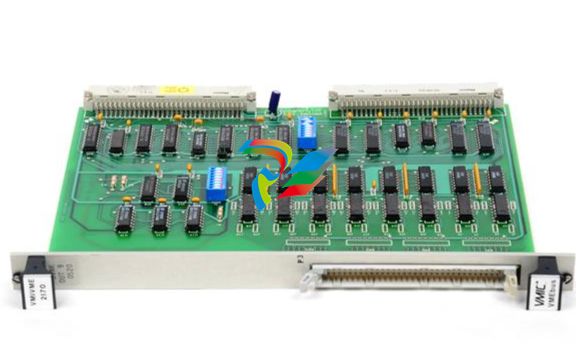
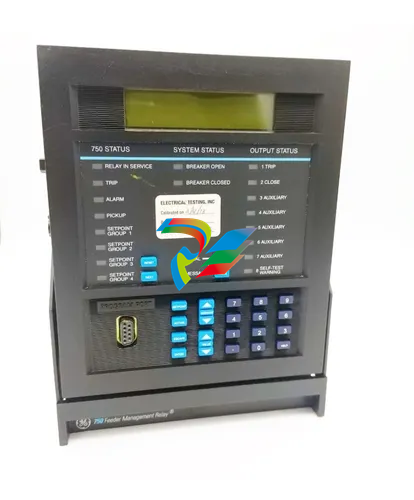
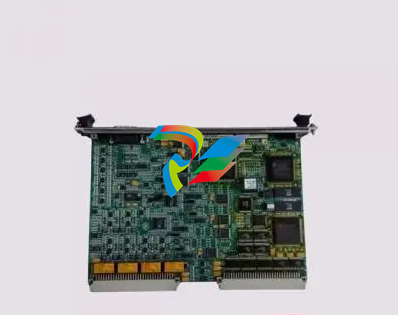
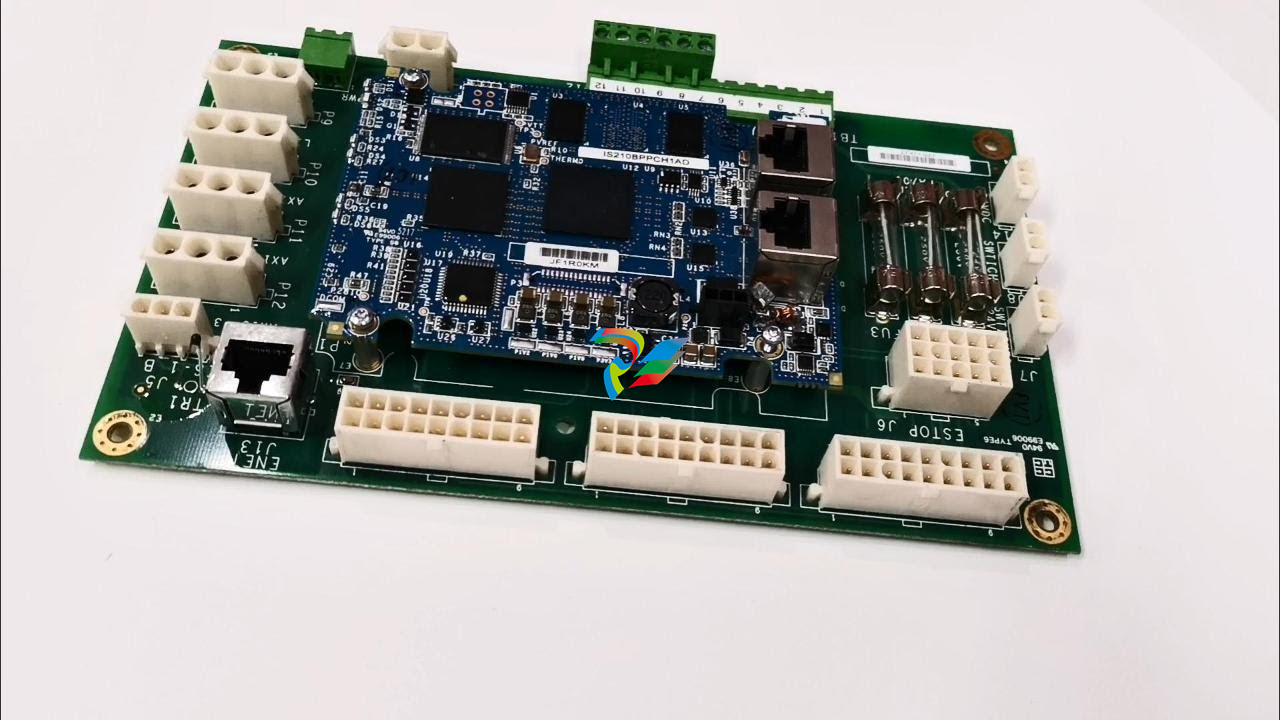

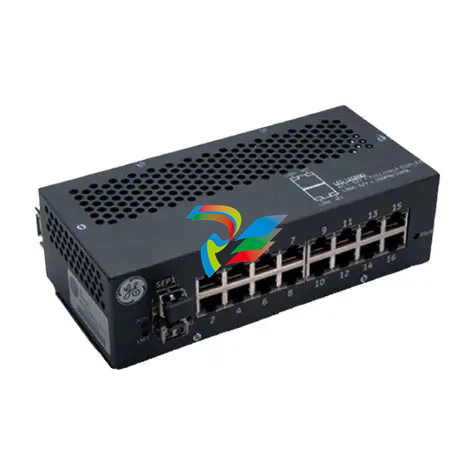





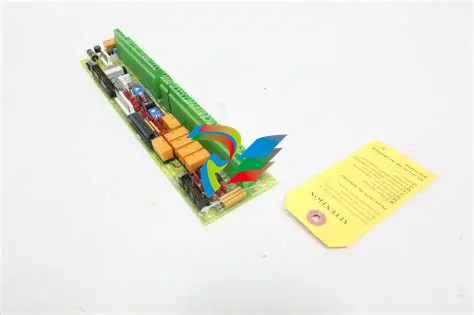


























.jpg)
.jpg)





.jpg)



.png)
.jpg)

.jpg)
_lVjBYb.jpg)

.jpg)
.jpg)



.jpg)
.jpg)







.jpg)

.jpg)
.jpg)











.jpg)




.jpg)
.jpg)
.jpg)
.jpg)
.jpg)
.jpg)

.jpg)

.jpg)
.jpg)
.jpg)








